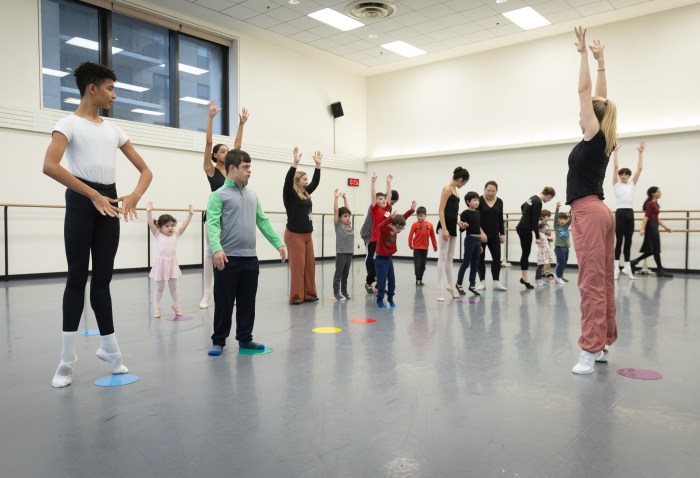At one point, expressions like “shrinking planet” were startling, particularly when imagining a child’s experience. Today, however, the world can indeed shrink in the best of ways, and a school community can become multi-cultural in ways previous generations never imagined. Many parents exhaust themselves pursuing such ends, often overlooking a simple way to ensure globally aware children: an international school committed to bi-lingual fluency.
International schools are a dependable way to provide children with a sense of global awareness. A parent pursuing an international school should consider the following:
- Language is never easier to learn than in early childhood, but the benefits transcend the ease of acquisition. We know that children who know more than one language can demonstrate focus for up to 20% longer than their monolingual classmates. They can more readily discern the meaning of a new word in any language. Learning a second or third language actually expands the brain’s “gray matter” in its parietal region (responsible for perception of sensation and integrating sensory input, primarily with the visual system). And when standardized tests enter a child’s life, bi-lingual students often score significantly higher on both the language and math sections.
- As New Yorkers, a simple errand around the corner reminds us of the need for cultural competence. We hear a plethora of languages. We can choose a range of food to eat on almost any street corner. Clothing and hairstyles of passersby inspire questions from children trying to understand their world. In international schools, such differences guide our decisions about curriculum, art displays, field trips, library books, and websites. Acknowledging and celebrating differences become routine in international schools.
- Faculty in internationally networked schools have human resources seldom seen in other settings. Video conference in real time or recorded videos with a school in China creates a world-wide classroom. Heads can easily recruit teaching candidates from Uzbekistan. There’s no second-guessing about how to honor cultural customs. How does a school in Kuala Lumpur celebrate Deepavali? The conversation has broadened considerably with colleagues eager to share their experience.
- Faculty themselves will also reflect desirable diversity. Every opportunity is taken to hire teachers who represent a range of ethnicity, race, faith, and spoken language. Perhaps one of the most meaningful conversations in an international school are children asking their teachers, “Where are you from?” No matter what the answer is, these children are in a school setting supportive of their interest in understanding a world which they already know transcends their neighborhood.
- One of the greatest joys of an international school is the community parents should expect. A certain modicum of self-selection happens for families at the onset; they share an obvious interest in raising children who value diversity and multi-culturalism or they wouldn’t likely begin the admission process. Once in the school, magic happens ? friendships form where they would have been politically, geographically, or spiritually inconceivable in the past. Parents are friendly to each other, even when a shared language is absent. Children are no longer afraid of people who don’t look like them. At lunch you may see rice and beans, falafel, kimchi, and pizza. No one’s nose turns up over what someone else is eating. Suspicion is replaced by healthy and innocent curiosity that then spawns questions which lead to profound understanding.
It’s a marvelous time to attend an international school. International schools are educating a new generation of children ready to thrive and to contribute in unimagined and meaningful ways to our “shrinking planet.”
REALTED: Find Schools in Your Area
Never hear ‘I’m bored’ again with our weekly family-activities newsletter!


















